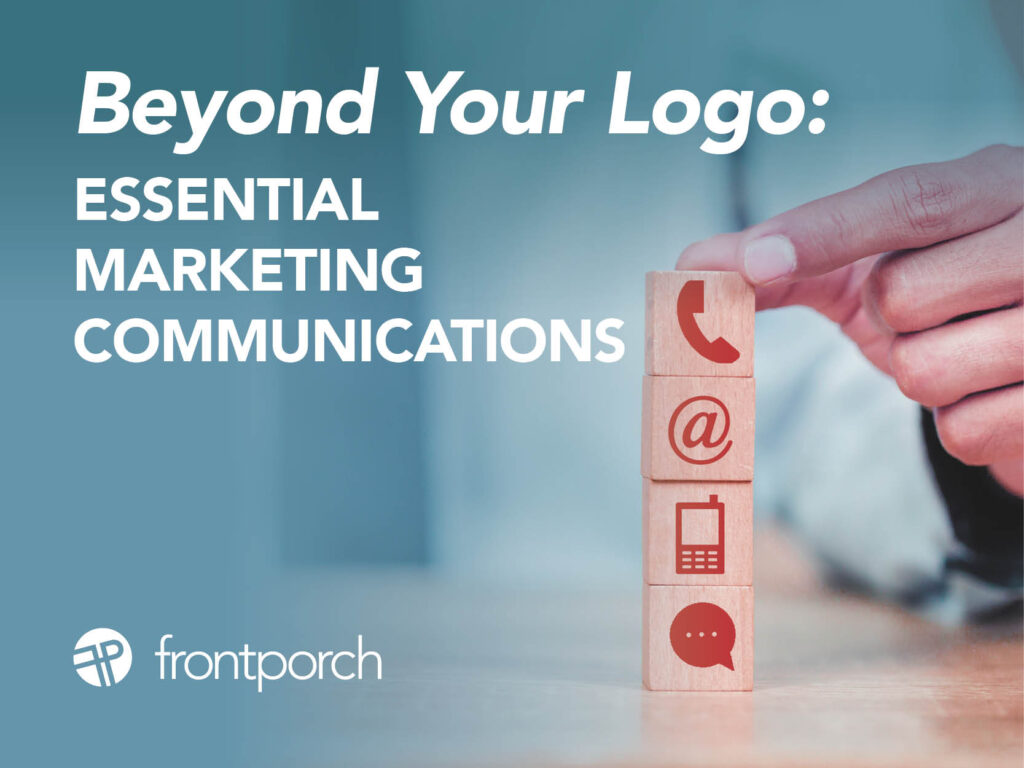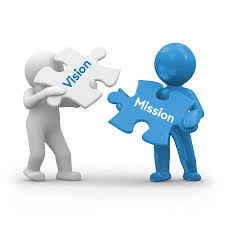
First of all, a strong logo is a crucial part of branding, but it’s not the full picture of your marketing communications. Many businesses stop after getting a logo designed, thinking they’re set for success. In reality, a logo is just the foundation of your brand home — it’s what you build up around it that creates a memorable and effective brand.
So, what marketing communications do you actually need to support your brand and ensure consistency across all touchpoints as well?
Key Elements Beyond a Logo
1. Brand Messaging & Brand Voice Guidelines
Your visual identity is important, but your brand voice is what gives your business personality. In reality, a well-defined brand voice ensures consistency and a cohesive message across all platforms, from social media posts to email campaigns. Overall key elements include:
- Mission statement: why does your brand exist?
- Core values: what principles guide your business?
- Tagline or brand promise: a short, memorable phrase that sums up your brand.
- Tone of voice: should your brand sound professional, playful, authoritative, or conversational?
2. Website & Digital Presence
Your website is often the first impression people have of your brand. After all, it’s your digital office. Therefore, welcome people in! A well-branded website might include:
- Consistent typography and color palette: match and support your logo.
- Clear, compelling copy: speak to your audience’s needs.
- A strategic homepage: immediately communicates what you do and why it matters.
- SEO-optimized content: help people find your brand online when they type into a search engine.
3. Social Media Branding
Every social platform is an opportunity to reinforce your brand identity with digital marketing communication. Beyond using your logo as a profile picture (avatar), you could create:
- Branded cover images & templates: for posts and stories.
- A defined content style: are your posts inspirational, educational, or entertaining? Are you using video marketing?
- Consistent brand voice: build recognition and trust over time with captions and responses.
- Content calendar: plan your posts in advance to leverage business milestones.
4. Business & Marketing Collateral
Next, your brand needs to be cohesive across every touchpoint, including physical and digital marketing materials. Even small details like branded invoices or packaging inserts help reinforce your identity. In this category, some must-haves include:
- Business cards: still a powerful networking tool.
- Brochures or one-pagers: great for in-person meetings and events.
- Pitch decks or presentations: professionally designed slides make an impact.
- Email signatures: a small but powerful branding opportunity.
5. Email & Advertising Templates
Every ad or email you send is a chance to build brand recognition. Therefore, consider:
- Branded digital templates: for newsletters, and sales promotions.
- Consistent print and digital ad creative: again, match your brand colors and tone.
- Landing pages: continue the look and feel of your website, but for special events, promotions or initiatives.
6. Customer Experience Touchpoints
Looking past marketing materials, your brand should next be reflected in every customer interaction — even how you greet customers in-store or on calls. So in addition, consider branding elements:
- Customer service responses: Branded email templates and a consistent tone.
- Packaging design: Unboxing experiences create lasting impressions.
- Automated messages: Order confirmations, appointment reminders, and follow-ups.
7. Unconventional Marketing Communication Touchpoints
Finally, beyond the usual marketing materials, some of the most memorable brand moments happen in unexpected places. Sometimes, the smallest details leave the biggest impression. In short, the more your brand feels alive across all touchpoints, the stronger the connection with your audience. Hence, here are some unique ways to reinforce your brand identity:
- Branded Wi-Fi Network Name: If you have a physical location, renaming your guest Wi-Fi to something fun and on-brand (e.g., “Caffeinated_WiFi” for a coffee shop) adds a small but clever touch.
- Custom Hold Music or Voicemail: Instead of generic hold music, why not reinforce your brand’s personality with a custom message or a carefully chosen playlist?
- Unique Job Titles: Instead of “Customer Service Rep,” what about “Customer Happiness Hero”? Use titles to reinforce brand personality. Indeed, just ask Julie, our Chief Rocker.
- Branded Auto-Responses: Even automated out-of-office emails or chatbots can carry your brand’s tone. So instead of “We’ll get back to you soon,” we might say something fun, like, “We’re out on the Porch—expect a reply in 24 hours!”
- Surprise & Delight Moments: Send an unexpected thank-you note, add a quirky Easter egg to your website, or include a handwritten note in a shipped package to make your brand feel more personal.
Marketing Communications Can Help Build a Cohesive Brand
A logo is just the start of your brand’s identity. So overall, to build recognition and trust, you need a fully developed marketing communications strategy that extends across every platform and touchpoint. By creating consistency in visuals, messaging, and customer interactions, you ensure that your brand isn’t just seen — it’s remembered.

